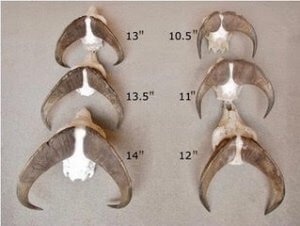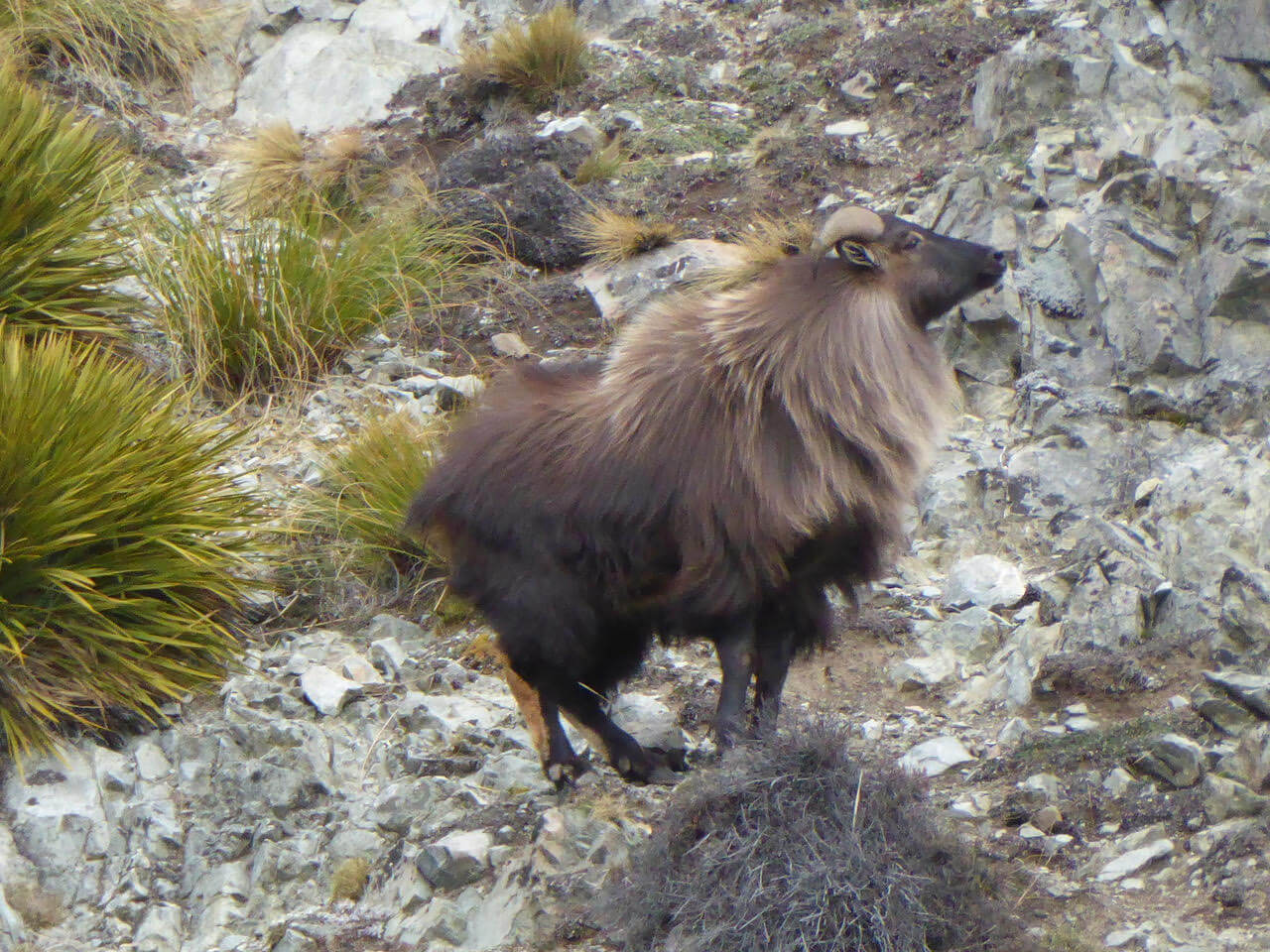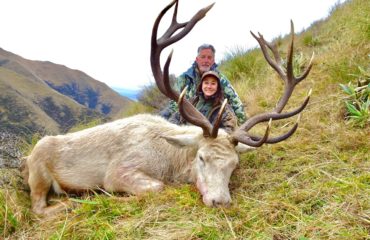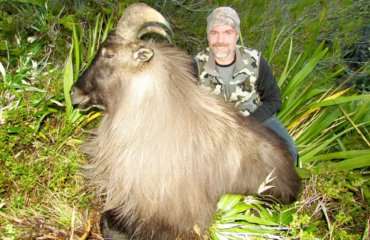How to Judge a Trophy Bull Tahr
Himalayan Tahr, also known as ‘the king of the mountain’ in New Zealand Bull Tahr are only found in the South Island of New Zealand. The trophy Bull Tahr population heavily concentrated along the central part of the Island both West and East coasts. Judging a trophy Bull Tahr can be tricky in the warmer months, finding them alone can be a real challenge. You really need to look in heavy native cover, the older Bulls will seldom come out at all if it is hot, maybe making it to the fringes at dark and gone by first light. High quality optics are essential, using both binoculars and spotting scope, you pay for what you get in glass so there really is no substitute.
The ethics of hunting is far more important to become an informed outdoorsman both of your environment and of the game, than a trigger puller. Unfortunately many young hunters are not being handed down this valuable knowledge and the skills to become a refined hunter, instead trying to become a long range shooter also thanks to hunting shows on TV.
If you are after a trophy Bull Tahr, you should be looking for a bull 6 years or older. Like many horned animals you can count age rings, but on these guys it can really be a challenge because of the distance and the rings can be very close together. This can be especially true with Bull Tahr on government lands that are constantly hunted which limits the quality feed that get so thus the animals take a lot longer to grow their horns out to trophy size.
First, glass a Bull judging his cape which can be a real indicator. From November through the start of May bulls have typically shorter hair from their shoulders back, so you really need to look at body size, and colour of hair. Young Bulls are lighter brown a short front mane and smaller body. Heading into the cooler months is when most hunters choose to pursue a trophy Bull Tahr from late May the hunt is going to be far more exciting. You really now will be looking for that long hair down the front and back legs 3/4 of the way down with a really darker almost black looking appearance, and long hair under the belly.

When you look at horns they really have to be curling back, down and inwards. This can be very hard to judge so make sure you spend time looking through your optics at a Bull Tahr from many different angles, looking at him with his head down really helps. A big mature bull can be fluffed up during the rut so seeing his tips can be at times impossible. Big heavy bases is a good give away, age rings will really stand out if you have good optics (try counting 4-5+ lambs tips and he will be a mature Bull). Just remember to go back to judging cape and body size if the horns are hidden. A big mature bull will chase off his rivals during the rut. You’re after 12 inches or better so you will really start to see those lambs tips at the back curling. If you don’t think he will be a mature bull, spend time watching his habits as you will learn far more valuable information than taking something you really have no idea if he is mature or not. After all age is a big part of trophy hunting.
Tahr meat is also very tasty, it does not get tainted like Stag but can be tough so hanging or marinating it will make all the difference in preparation. At New Zealand Safaris, we marinate ours for our clients to eat and grind up the back legs into sausages and meat patties, just be sure to add a little fat if you choose to make sausages or meat patties.
This video shows how you don’t need to always see horn to judge a good Bull in winter. Take note of the cape length both down both legs and under the belly.
Contact us to start planning your trophy Bull Tahr safari today!




